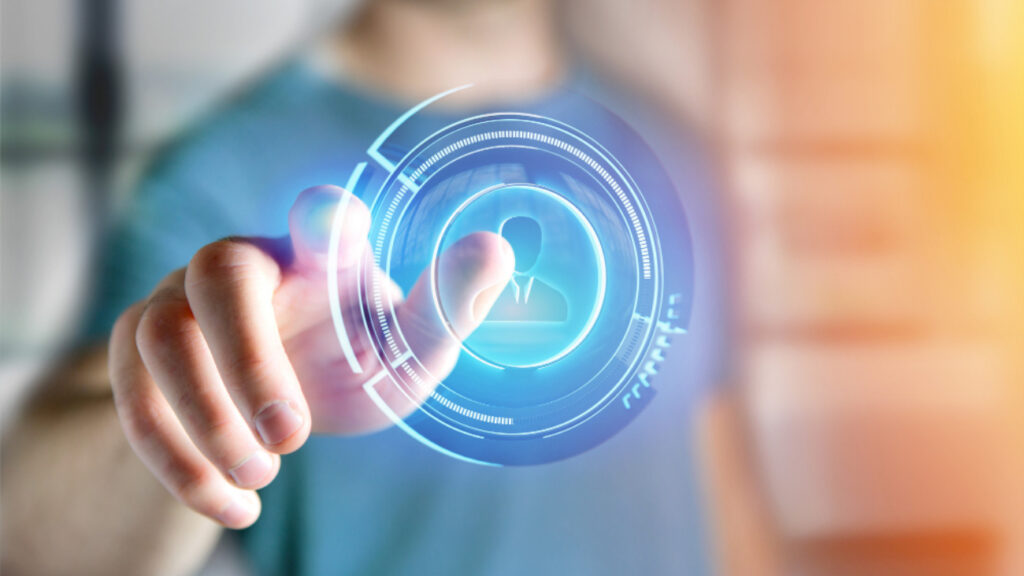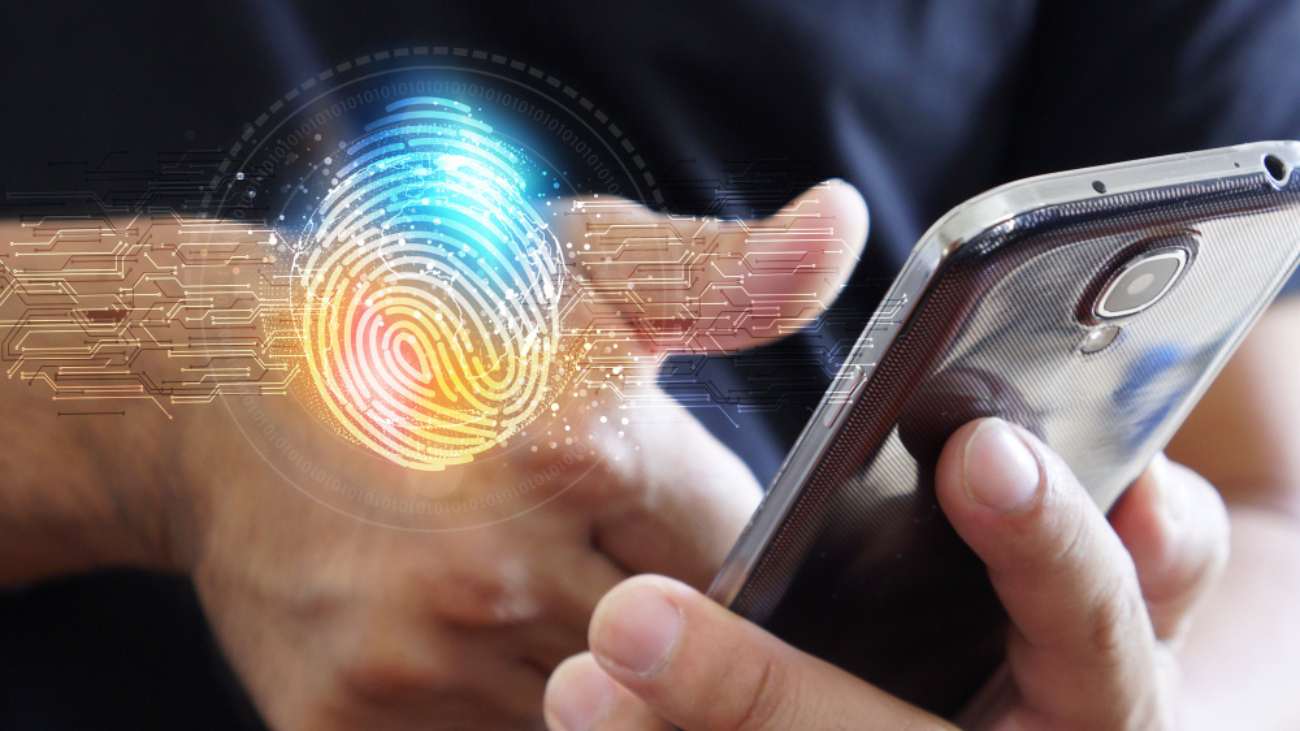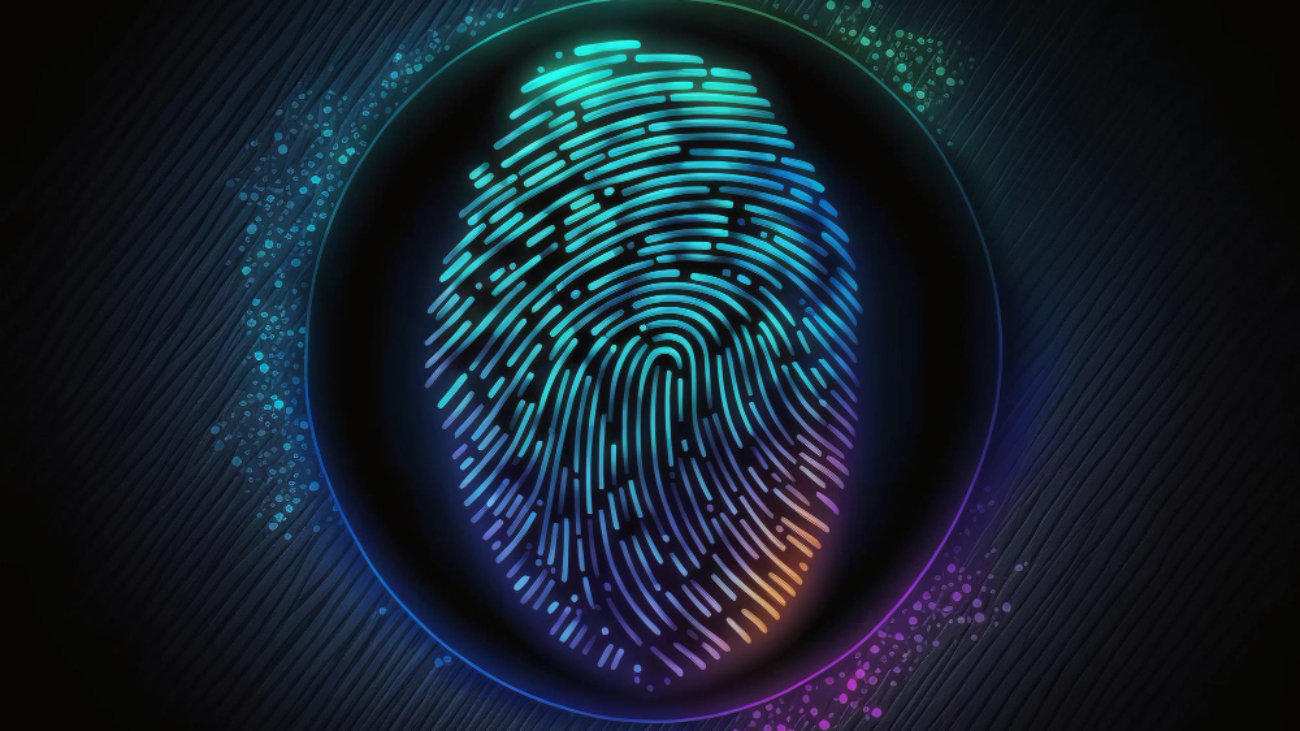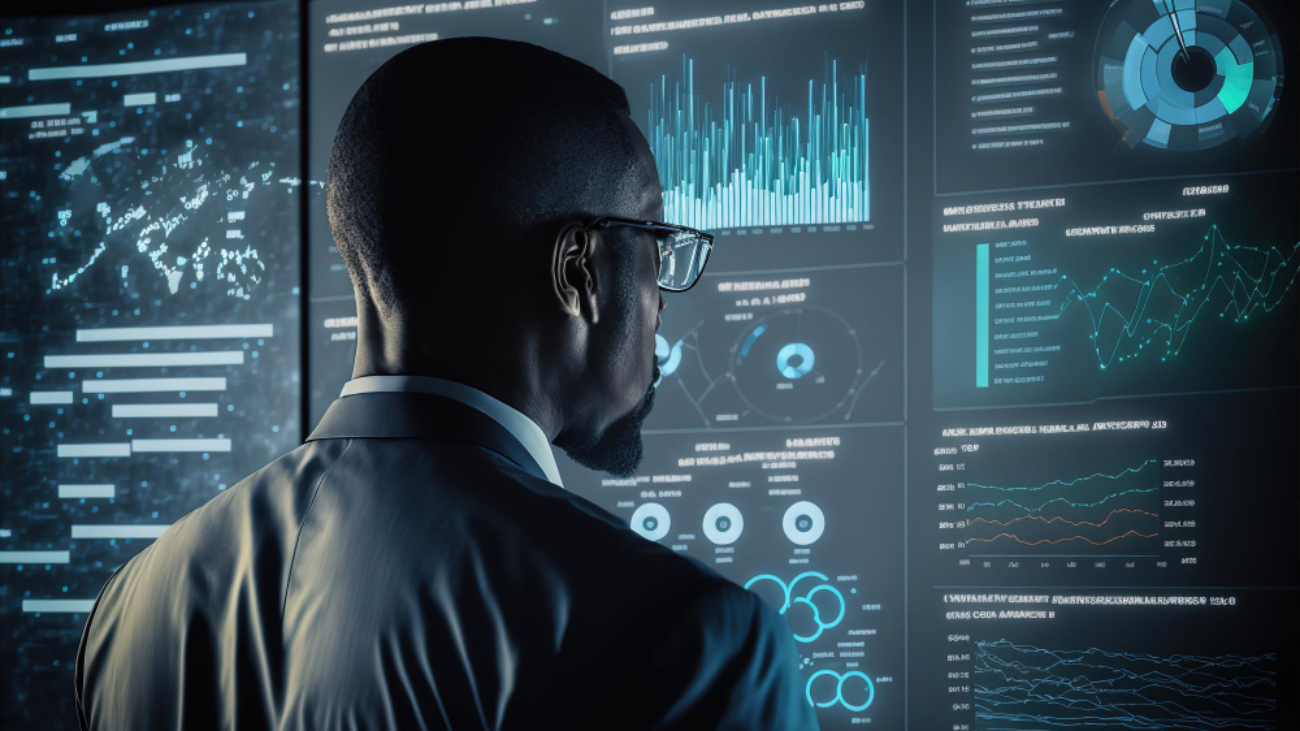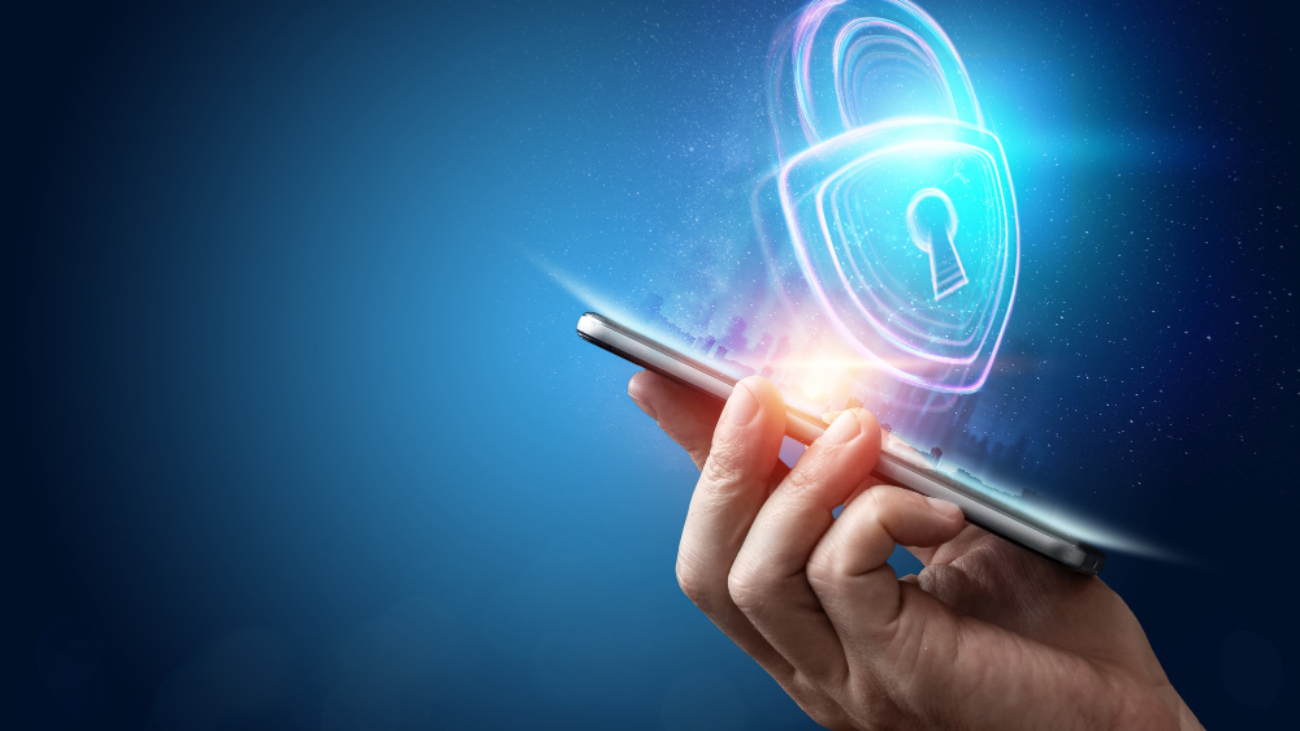Gait recognition technology is one of the most promising and cutting-edge biometric technologies stated Bahaa Abdul Hadi. Its ability to identify individuals based on their unique walking patterns offers something that other more established biometrics like fingerprint scanning can only deliver: convenience without sacrificing accuracy. As this new form of identification evolves, its potential use cases are becoming clearer — from access control in secure areas to verifying online payments for increased security. Read on to find out about how gait recognition works and what its potential applications could be in the years ahead.
The potential of gait recognition as a biometric technology
Gait recognition, also known as ‘gait authentication’ or ‘biomechanical identification’, is a biometric technology that uses the human body’s movements to create an individualized profile. It uses characteristics such as walking style and stride length to determine who an individual is. Gait recognition technology has gained momentum in recent years as an alternative to traditional biometric authentication methods such as fingerprints, facial recognition, and iris scans.
Due to its unique characteristics, Gait recognition can be used in a variety of scenarios and can provide a more secure authentication experience than traditional biometric authentication methods. The most attractive features of gait recognition technology are its non-intrusive nature, robustness to environmental factors, and ability to detect identity without needing physical contact between the user and the system.
Distance-based Gait Recognition (DBGR) algorithms use the distances between the body parts of a person to identify who they are. These technologies measure the dynamic movements of a person walking or running and compare them to stored reference data. Angle-based Gait Recognition (ABGR) algorithms use the angles of body parts to determine a user’s identity. This technology can also be combined with other biometric authentication methods, such as facial recognition and iris scans to create an even more secure authentication experience.
In addition to its potential uses in access control and identity verification, gait recognition technology can also be used in medical diagnoses. For example, it can detect any abnormalities in a person’s walking or running pattern, which may indicate underlying physical or medical issues that must be addressed. Gait recognition technology is still relatively new, and research is ongoing to make it more accurate, reliable, and efficient.
Conclusion
Gait recognition shows a lot of promise as a biometric technology. However, more research needs to be done to perfect the algorithms used for gait recognition. In addition, more data must be collected to train machine learning models for this biometric modality. Despite these challenges, gait recognition has great potential as a tool for authentication and identification.
Thank you for your interest in Bahaa Abdul Hadi blogs. For more information, please stay tuned to www.bahaaabdulhadi.com
